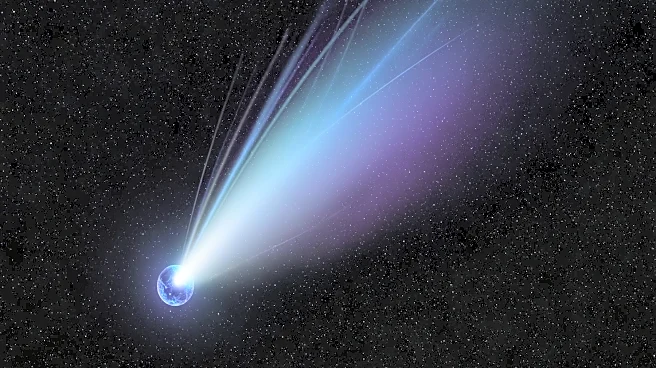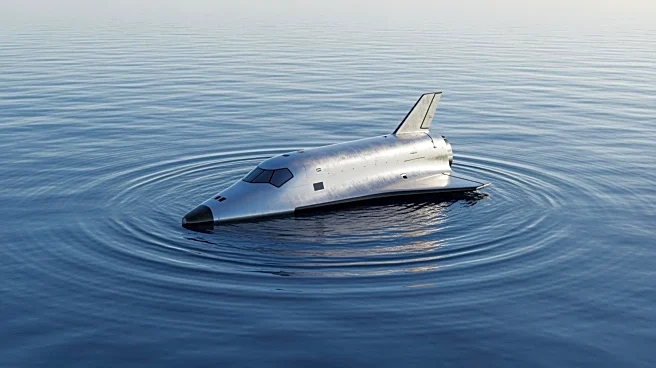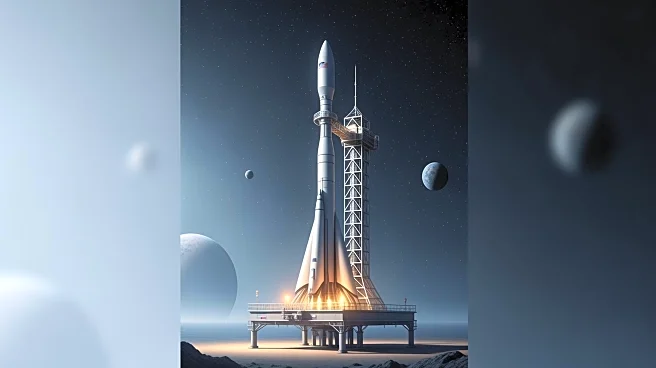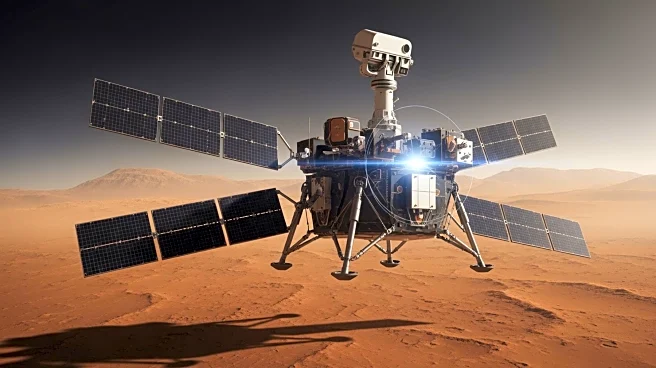What's Happening?
NASA's Perseverance rover has identified potential biosignatures in Martian rock samples from Jezero Crater, suggesting ancient microbial life may have existed on Mars. The rover's instruments detected
minerals and organic compounds in a sedimentary formation known as Bright Angel, which are typically associated with biological processes on Earth. The findings, published in Nature, highlight vivianite and greigite minerals, which are linked to microbial activity in low-oxygen environments. While these results do not confirm life, they warrant further investigation into a biological origin.
Why It's Important?
The discovery of potential biosignatures on Mars is significant as it could reshape our understanding of life beyond Earth. If confirmed, it would suggest that Mars was once habitable, impacting future exploration and research priorities. The findings could influence the direction of NASA's Mars Sample Return campaign, which aims to bring Martian samples to Earth for detailed analysis. This could lead to advancements in astrobiology and the search for extraterrestrial life, potentially affecting public interest and funding for space exploration.
What's Next?
Further testing is required to confirm the biological interpretation of the findings. The rock samples collected by Perseverance are set to be returned to Earth for laboratory analysis under NASA and the European Space Agency's Mars Sample Return campaign. Scientists will examine isotopic ratios and molecular structures to determine if the signals result from microbial activity or abiotic processes. The results could provide a clearer picture of Mars' past environment and its potential for life.
Beyond the Headlines
The integration of artificial intelligence in Perseverance's instruments played a crucial role in the discovery. AI allowed the rover to autonomously identify mineral targets and adjust its focus, enhancing the precision of in situ analysis. This technological advancement demonstrates the growing role of AI in space exploration, potentially leading to more efficient and accurate scientific discoveries.











